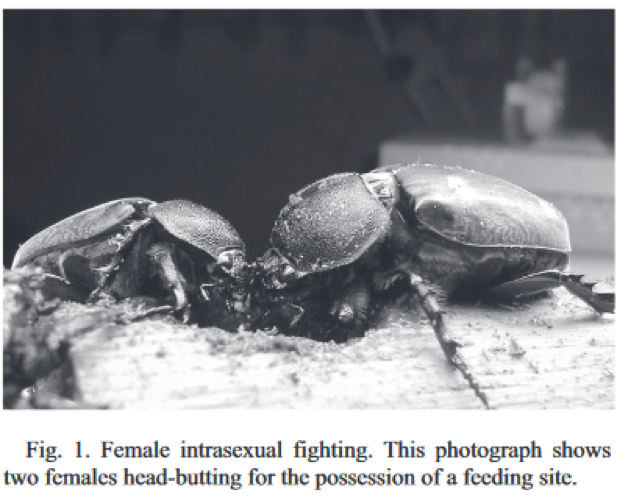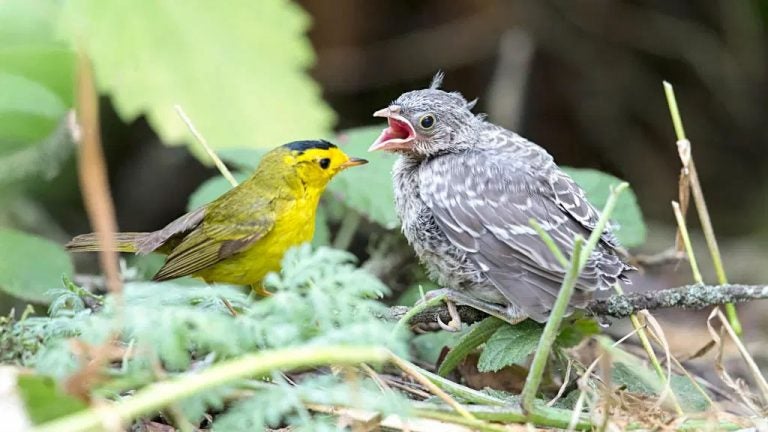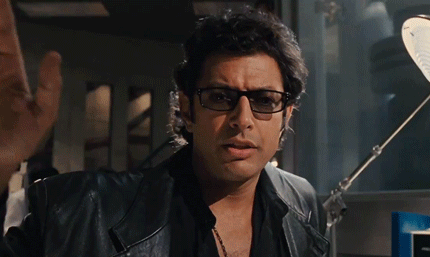The ninth in a series from the blog Gender and Sexuality in Nature, a 2016 UC Davis course organized by UM EEB alumnus Ash Zemenick (UM EEB B.S. 2011, Ph.D. UC Davis 2017) and Jacob Moore (B.S. University of Washington 2009, Ph.D. UC Davis 2017). So far in this blog, we’ve covered a lot of…
Tag: sexuality
Homosexuality in nature
The eighth in a series from the blog Gender and Sexuality in Nature, a 2016 UC Davis course organized by UM EEB alumnus Ash Zemenick (UM EEB B.S. 2011, Ph.D. UC Davis 2017) and Jacob Moore (B.S. University of Washington 2009, Ph.D. UC Davis 2017). Have you ever wondered if, how, or why animals engage…
Does transgenderism exist in nature? Some examples in birds and insects
The seventh in a series from the blog Gender and Sexuality in Nature, a 2016 UC Davis course organized by UM EEB alumnus Ash Zemenick (UM EEB B.S. 2011, Ph.D. UC Davis 2017) and Jacob Moore (B.S. University of Washington 2009, Ph.D. UC Davis 2017). Being transgender myself, I have often wondered if there are…
Sequential hermaphroditism (or why to be wary of frog DNA)
The sixth in a series from the blog Gender and Sexuality in Nature, a 2016 UC Davis course organized by UM EEB alumnus Ash Zemenick (UM EEB B.S. 2011, Ph.D. UC Davis 2017) and Jacob Moore (B.S. University of Washington 2009, Ph.D. UC Davis 2017). Last week, we discussed one type of hermaphroditism: simultaneous (also…
Simultaneous hermaphroditism
The fifth in a series from the blog Gender and Sexuality in Nature, a 2016 UC Davis course organized by UM EEB alumnus Ash Zemenick (UM EEB B.S. 2011, Ph.D. UC Davis 2017) and Jacob Moore (B.S. University of Washington 2009, Ph.D. UC Davis 2017). As an evolutionary biologist and an invertebrate zoologist, I’ve long…
Anisogamy – it matters
The fourth in a series from the blog Gender and Sexuality in Nature, a 2016 UC Davis course organized by UM EEB alumnus Ash Zemenick (UM EEB B.S. 2011, Ph.D. UC Davis 2017) and Jacob Moore (B.S. University of Washington 2009, Ph.D. UC Davis 2017). In species where anisogamy occurs, the sexes are defined by…
Why are sperm so small? Or, how did anisogamy evolve?
The third in a series from the blog Gender and Sexuality in Nature, a 2016 UC Davis course organized by UM EEB alumnus Ash Zemenick (UM EEB B.S. 2011, Ph.D. UC Davis 2017) and Jacob Moore (B.S. University of Washington 2009, Ph.D. UC Davis 2017). During the first week of this course, I jumped at…






